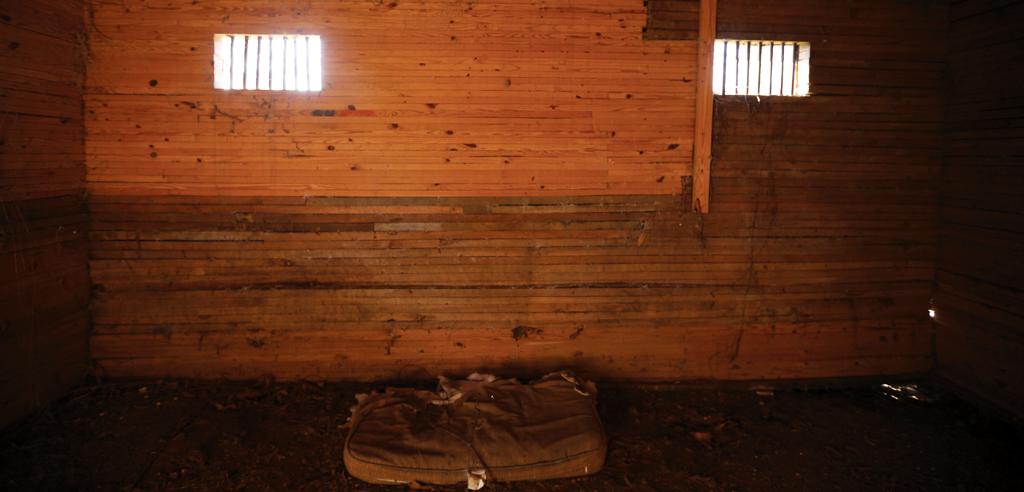The Democrat-Reporter newspaper in Linden, Alabama, published a February 14 editorial titled, “Klan needs to ride again.”
The paper’s publisher, Goodloe Sutton, confirmed to the Montgomery Advertiser that he wrote the editorial. He said we need the Klan to “clean out D.C.” by using lynching. “We’ll get the hemp ropes out, loop them over a tall limb and hang all of them,” he said.
Sutton compared the KKK to the NAACP, claiming the Klan “didn’t kill but a few people” and “wasn’t violent until they needed to be.” When asked about the propriety of calling for mass lynchings of Americans, Sutton told the Advertiser, “It’s not calling for the lynchings of Americans. These are socialist-communists we’re talking about.”
The editorial follows Alabama State Auditor Jim Zeigler’s announcement earlier this month that he believes “old fashioned public hangings” should be restored for people convicted of killing police officers.
Lynching in America
After slavery was formally abolished, racial terror lynching emerged as a vicious tool of racial control to reestablish white supremacy and suppress Black civil rights.
Many of the names of lynching victims were not recorded and will never be known, but EJI has documented more than 4000 racial terror lynchings across 20 states between 1877 and 1950.
These lynchings were public acts of racial terrorism, intended to instill fear in entire Black communities. Government officials frequently turned a blind eye or condoned mob violence. Many Black people were pulled out of jails or given over to mobs by law enforcement officials who were legally required to protect them. Terror lynchings often included burning and mutilation, sometimes in front of crowds numbering in the thousands.
Lynchings were sustained, frequently endorsed, and defended by white newspaper publishers intent on maintaining white supremacy.
Linden is in Marengo County, where EJI has documented four racial terror lynchings. One of the victims, Rufus Lesseur, was lynched by a mob of unmasked white men in a town with only 300 residents, but the State claimed that no one could be identified, arrested, or prosecuted.
On August 14, 1904, a white woman in Thomaston, Alabama, claimed that a Black man had entered her home and frightened her. A posse of white men soon formed and seized Rufus Lesseur, a Black man, simply because someone claimed that a hat found near the house belonged to him. During this era, Black people often were the targets of suspicion when a crime was alleged, and accusations against Black people were rarely subjected to scrutiny. The white men locked a terrified Mr. Lesseur into a tiny calaboose, or makeshift jail, in the nearby woods (pictured below) and left him there for more than a day. Then at 3:00 a.m. on August 16, without an investigation, trial, or conviction, a mob of white men broke into the structure, dragged Rufus Lesseur outside, and lynched him, leaving his body riddled with bullets. He was 24 years old.
In response to this racial terror and violence, millions of Black people fled the South and could never return, which deepened the anguish and pain of lynching.
Throughout the racial terror lynching era, as thousands of Black people were killed and countless more were terrorized by racial violence, Congress repeatedly failed to muster enough votes to pass any of the anti-lynching statutes proposed.
Even as the United States Senate passed an anti-lynching bill in December and again last week, romanticized and racially insensitive narratives about lynching abound, feeding racist bigotry and destructive behavior.
United States Senator Doug Jones (D) and United States Representative Terri Sewell (D-AL 7th District) have condemned Sutton’s editorial, but no other elected officials from Alabama have commented as of this post.
Jack West, Community Writer for the Auburn Plainsman, wrote that Sutton “is displaying an egregious negligence to the racist history of lynching.” As an Alabama journalist, Mr. West condemned Sutton’s repetition of narratives romanticizing slavery and glorifying the Confederates who fought to keep people enslaved that were adopted throughout the South to restore and maintain white supremacy after the Civil War. “We must make a concerted effort to denounce and rebuke these vile statements in all forms,” he wrote, and “[w]e must also examine the complicated narratives of history that have been warped and utilized for political gain.” Mr. West urged Mr. Sutton to visit EJI’s National Memorial for Peace and Justice and the Legacy Museum to learn more about “the true terror of racial violence.”
